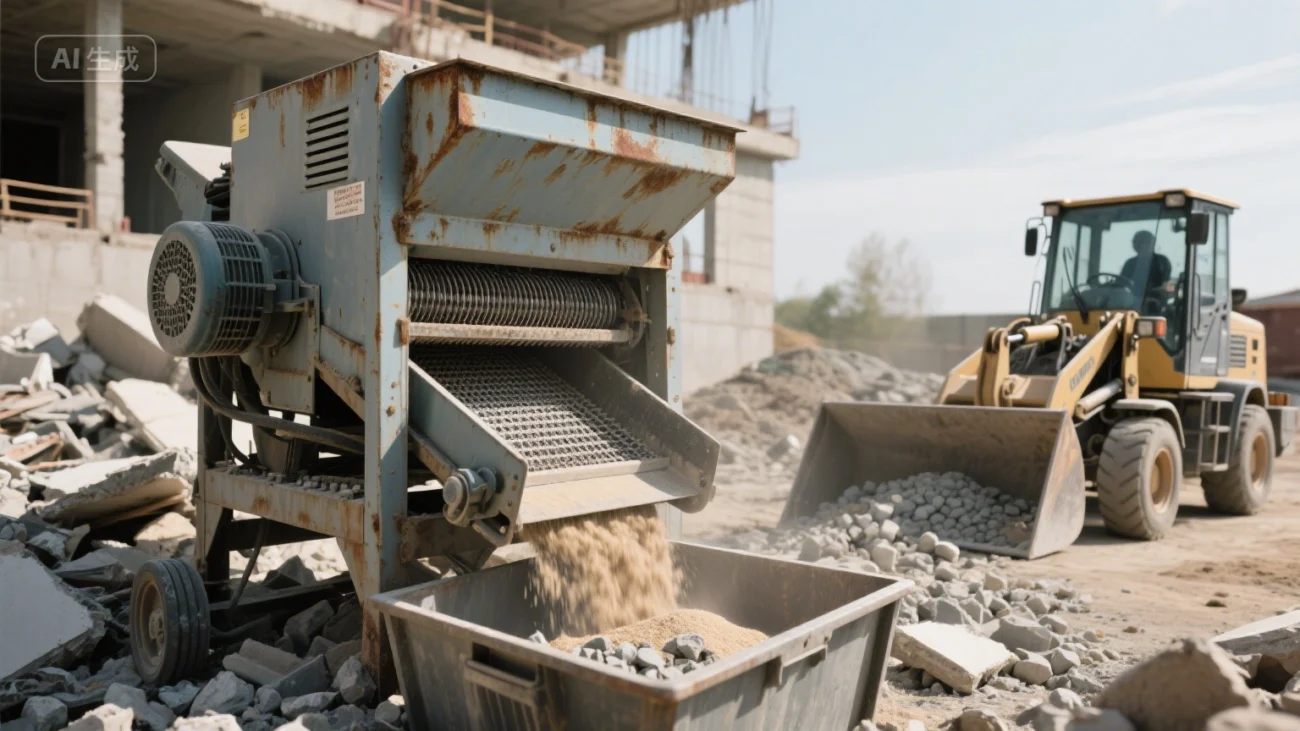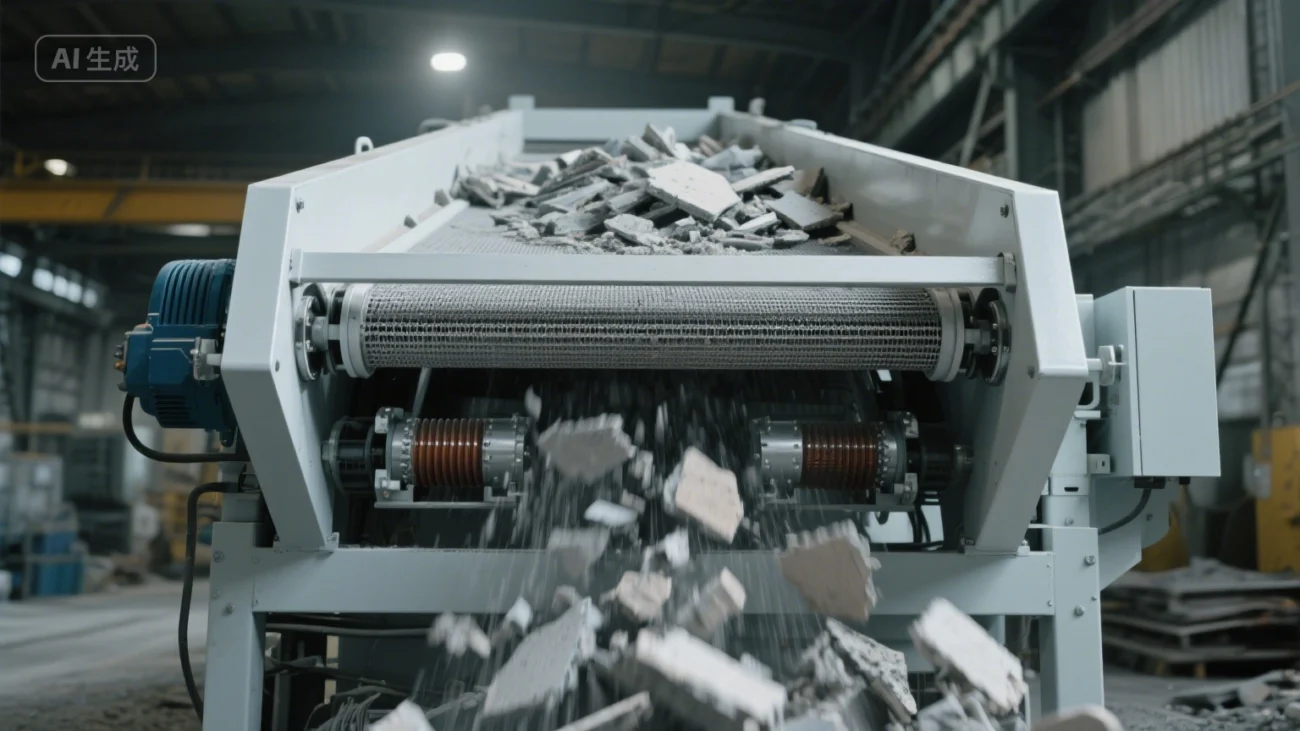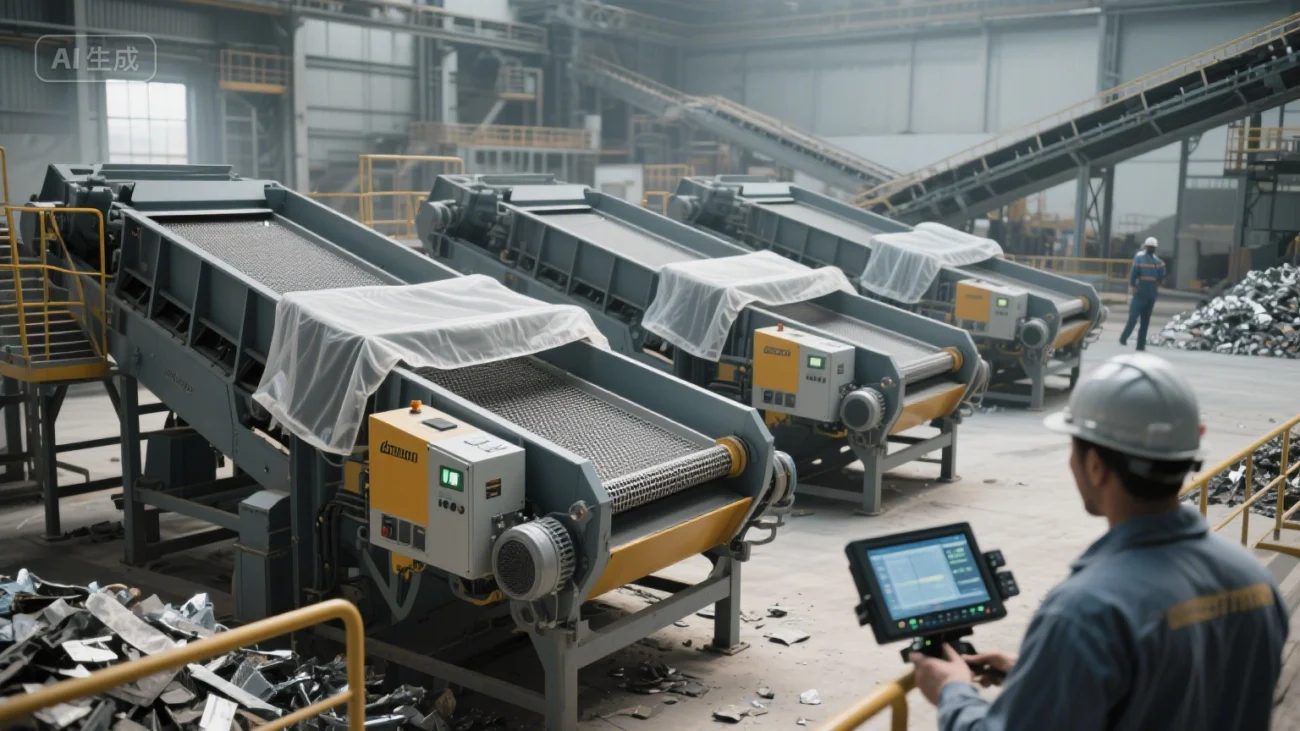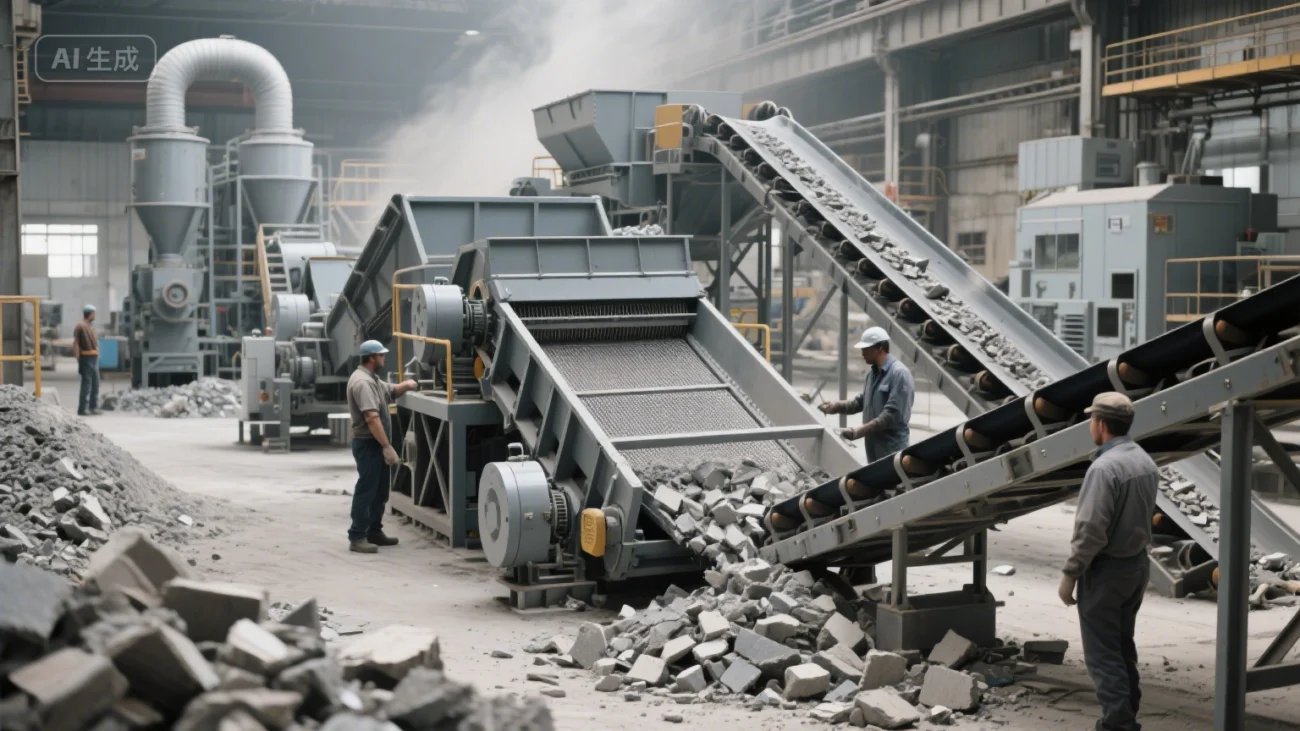The Rising Demand for Fine Construction Waste Screening

As urbanization and infrastructure development accelerate worldwide, the magnitude of construction waste generated has reached unprecedented levels. The fine fractions of construction debris, such as crushed concrete dust, fragmented bricks, and micro-particles from demolition residues, pose a formidable challenge in modern waste management protocols. The traditional disposal approach—landfilling or unsegregated dumping—has not only become ecologically unsustainable but also economically imprudent.
Fine construction waste screening plays a pivotal role in transitioning from a linear to a circular construction economy. To maximize material recovery, the industry now emphasizes the retrieval of fine particles for reprocessing. These fines can be reincorporated into secondary raw materials, including blended cements, base layers in roads, and lightweight aggregate products. However, their efficient segregation demands advanced, high-precision equipment.

The vibrating screen for construction waste has emerged as a critical technological solution. Unlike rudimentary mechanical sifters, modern vibrating screens are engineered for precision, throughput, and versatility. Their operating principle relies on controlled vibratory motion, allowing stratification of particles by size and density. This motion ensures even the most granular particles are separated accurately and consistently.
In real-world applications, such as post-demolition waste treatment centers or modular recycling units on construction sites, these machines contribute significantly to reducing environmental impact. Deploying a waste recycling vibrating screen not only enhances the quality of recovered materials but also increases overall plant efficiency. Furthermore, their adaptability to different materials—whether wet, dry, cohesive, or abrasive—makes them indispensable in a broad spectrum of scenarios.
Engineering Precision: Anatomy of Industrial Vibrating Screens for Waste

The engineering sophistication of a modern industrial vibrating screen for waste belies its seemingly simple external form. At its core lies a complex interplay of dynamic systems designed to withstand the abrasive and inconsistent nature of construction refuse. Understanding its mechanical anatomy is essential to grasp the full extent of its operational advantages.
Central to the machine’s efficacy is its vibratory drive system. Whether electromagnetic, motorized, or pneumatic, this system generates oscillatory forces that propagate across the screening surface. The angle, frequency, and amplitude of vibration are meticulously calibrated to optimize screening efficiency. An ideal frequency ensures that the waste material is not merely agitated but tactically stratified—coarse materials rise, and finer debris descends toward the screen mesh.

The screen deck, often multi-layered, comprises meshes of various apertures fabricated from materials such as high-carbon steel, polyurethane, or stainless steel. These screens are modular and replaceable, allowing operators to fine-tune their systems based on the waste stream characteristics. The incorporation of self-cleaning mechanisms, like ball trays or ultrasonic vibrators, mitigates clogging and blinding—common issues when screening fine debris.
Equally crucial is the inclination angle and feed rate. A steeper screen tilt facilitates faster material movement but may compromise the accuracy of fines capture. Conversely, a gentler slope enhances screening precision but requires a slower feed rate. Engineers often implement adjustable inclinations and variable-speed drives to strike a balance tailored to specific materials.
Innovative enhancements, such as dust encapsulation, noise-dampening enclosures, and remote monitoring interfaces, have elevated the safety and operational intelligence of these units. As regulatory frameworks tighten around waste processing and airborne particulate control, these features are not mere luxuries but compliance necessities. For plants handling diverse or evolving waste profiles, modularity and scalability are non-negotiable. Fortunately, today’s top-tier vibrating screen manufacturers offer fully customizable solutions.
Integration in Construction Waste Recycling Ecosystems
The adoption of the vibrating screen for construction waste marks a transformative shift in the architecture of recycling ecosystems. Far from being a standalone apparatus, the vibrating screen is a cornerstone in an integrated chain of resource recovery, symbiotically linked with crushers, conveyors, air separators, and washing units. This orchestrated ensemble enables a seamless transition from raw debris to reusable materials.
In typical facility layouts, vibrating screens are stationed post-crushing, where larger chunks of rubble have already been reduced in size. This preliminary size reduction sets the stage for refined segregation, where screening fine debris becomes the priority. By separating fine fractions from aggregates, the process not only reduces the volume of residual waste but also enhances the quality of recovered products—particularly vital in manufacturing recycled aggregates that meet civil engineering standards.
When integrated into mobile recycling units, fine construction waste screening enables on-site material recovery. This not only curtails transportation costs but also decreases emissions, reinforcing the ecological and economic rationale of decentralized waste processing. These mobile configurations are increasingly prevalent in disaster recovery operations, urban renewal projects, and remote construction zones where infrastructure is limited.

The efficacy of the waste recycling vibrating screen extends to data collection and analytics. Contemporary machines are often embedded with IoT-enabled sensors that track operational metrics such as throughput, vibration consistency, and mesh integrity. This data is crucial for predictive maintenance and workflow optimization. In larger facilities, such metrics feed into centralized control systems that govern entire recycling lines.
From a policy standpoint, the use of industrial vibrating screen for waste aligns with national and regional mandates on construction and demolition (C&D) waste minimization. Governments across Europe, Asia, and North America now mandate a minimum percentage of C&D waste diversion from landfills. Facilities equipped with high-precision screening technologies are better positioned to comply with these mandates while maintaining profitability.
In conclusion, the evolution and integration of vibrating screens within the construction waste management continuum symbolize more than just technical innovation. They represent a paradigm shift toward intelligent, data-driven, and environmentally accountable resource recovery. As cities densify and construction accelerates, the role of fine waste screening will only grow in urgency and significance.
